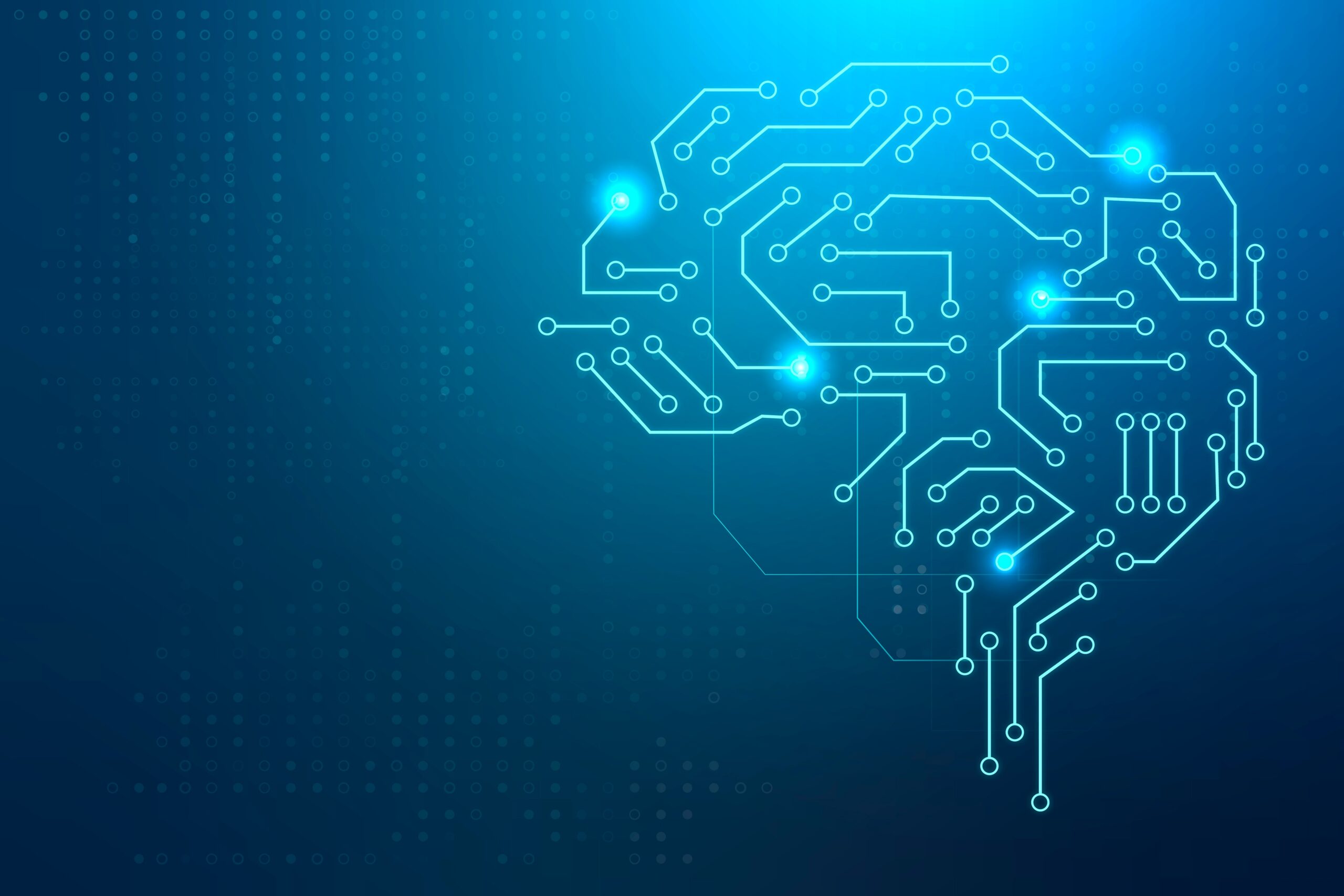Unraveling AI: Inferencing, Training, Machine Learning, and Deep Learning Explained

As artificial intelligence (AI) develops and spreads its wings, it is becoming increasingly important to comprehend the fundamental building blocks that make up this potent technology. Core ideas in artificial intelligence include inference, training, machine learning, and deep learning. These concepts are the backbone of artificial intelligence, but they may sound like they came straight out of a futuristic science fiction film. This article will describe the roles played by each of these AI building blocks.
Machine Learning: The Foundation of AI
The field of artificial intelligence known as machine learning gives computers the ability to “learn” from and make sense of data without being given any such instructions beforehand. Instead of painstakingly programming software routines with detailed instructions for completing a task, machine learning allows a system to learn from data, make predictions, and improve on its own over time.
Let’s pretend a young child is learning to recognise various types of fruit. You don’t take the time to teach them about the nuances of each type of fruit. Instead, you just keep showing them new fruits over and over again, and they’ll eventually learn to recognise them. Machine learning algorithms are designed to do just that.
Training: The Learning Phase
In machine learning, the algorithm learns to predict or classify data during the training phase. Here, the algorithm is exposed to a large body of data, known as a training dataset. The correct result and the input data are both included in this dataset.
Example: you tell your toddler that the apple they are holding is an apple and show them an apple. The training process in machine learning entails providing the algorithm with data such as an apple and its label, “apple.”
In order to reduce discrepancies between its predictions and the actual results, the algorithm repeatedly iterates through this dataset and adjusts its internal parameters based on what it learns. Until the model is sufficiently accurate or has been exposed to the data a fixed number of times, this iterative optimization process will continue.
Inferencing: The Application Phase
Machine learning models are ready to make predictions or classify data once the training phase is complete. Inferencing is the process of using a trained model to predict unobserved data. It’s like the young child finally learning to recognise an apple on his or her own after months of training.
The inferencing stage is critical because it determines the machine learning model’s actual usefulness. The predictive or classification power of a model is more important than its performance on training data.
Deep Learning: Taking It a Layer Deeper
The term “deep learning” refers to the use of neural networks with multiple “deep” layers between the input and output nodes; this is a subfield of machine learning. The ability of deep learning models to learn through associating different aspects across multiple dimensions and perspectives is made possible by these layered architectures, which closely mimic the way in which human brains learn.
An algorithm that uses machine learning to identify fruits, for instance, might require features such as colour, shape, and texture that were created by humans. But a deep learning algorithm can teach itself to recognise these characteristics. Possible progressions include teaching it to recognise colours, then shapes, and finally different kinds of fruit based on their shapes. Deep learning’s strength lies in its automatic pattern extraction, which is especially useful for tasks such as image recognition, Neuro-Linguistic Programming (NLP), and speech recognition.
The Distinct Yet Interconnected Roles
While inferencing, training, machine learning, and deep learning each play their own unique role, they are all intrinsically linked to one another. A machine learning model goes through two stages, known as training and inferencing, while machine learning and deep learning are the overarching frameworks in which these stages take place.
Training, or data-driven learning, and inferencing, or putting that learning to use, are what give an idea its concrete form.
